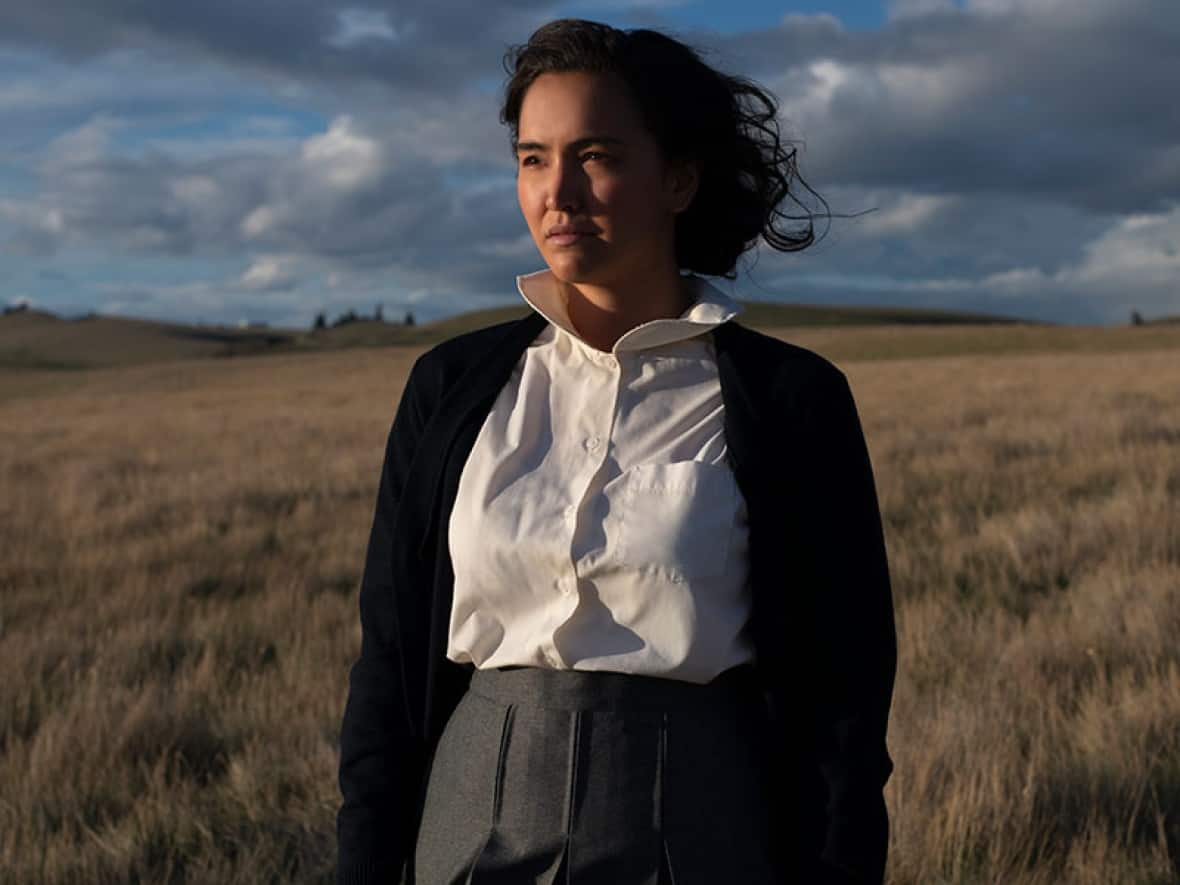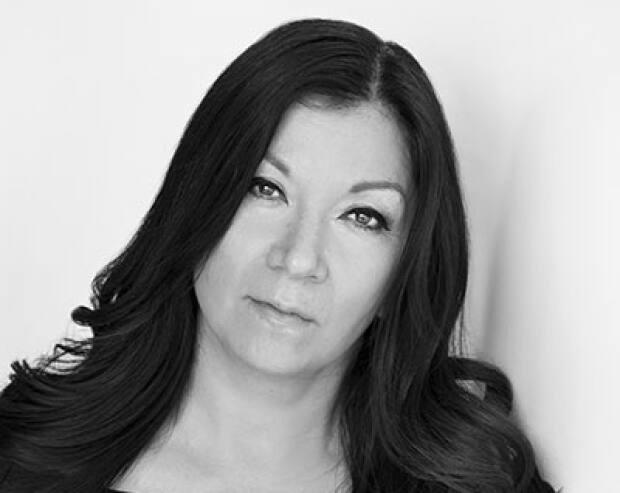Indigenous filmmaking getting more of the spotlight, director says

The director of a film out of B.C. that tells the story of a residential school survivor says her work is part of a "paradigm shift" as the Canadian film industry provides more space to Indigenous filmmaking.
Marie Clements directed Bones of Crows, which recently played at the International Film Festival of Ottawa (IFFO) and follows the life of Aline Spears, played by actress Grace Dove.
Clements, who is Métis and was last at the film festival before the pandemic for her 2019 film Red Snow, said funding mandates have changed over the past three to five years to ensure Indigenous storytelling plays a larger role.
That hasn't come without years of struggle, she said, and a push for more equity.
"I think most Indigenous filmmakers would say it's been really tough. I think we kind of feel like the door is opening now," said Clements.
Bones of Crows received funding from Telefilm and the Indigenous Screen Office. CBC Films was also a partner, and the film is being adapted into a television mini-series to air on CBC later this year.
Clements, who started her career in theatre before moving into writing, producing, and directing various film projects, said "it's been really hard for Indigenous filmmakers to get the support they deserve."

How Canadian films are funded, and get recognition
Organizations such as Telefilm have begun to spend more on Indigenous filmmaking.
Adriana Chartrand, who is also Métis, acknowledges a level of "gatekeeping" in terms of funding film, which she has seen as the lead of Indigenous initiatives at Telefilm.
"I think we're trying to work to change who are the players, who are the decision makers," said Chartrand, who has a budget of $4 million per year for Indigenous films. Telefilm can fund those projects at any stage, from development to production and post-production.
"The decisions that people make over time, and contemporarily, are going to influence the movies that people see. But I think we are seeing a change."
The diversity in content has also grown within Indigenous storytellers working in the film industry, said Chartrand.
"We're seeing a wider breadth of genre coming from Indigenous creators, which is super exciting. Like, sci-fi, horror, comedies, you know, romantic comedies."
In recent years, films about residential schools have also become more prominent. Examples include Indian Horse (2017), and The Secret Path (2016), both of which received funding from many of the same institutions that Bones of Crows (2022) has.

Chartrand suggests funding decision-makers and audiences influence the kinds of Indigenous films that are made, but it's always difficult to know what film might connect with viewers.
Tom McSorley, executive director of the IFFO, did point to Atanarjuat: The Fast Runner (2001) as a contemporary example of an Indigenous film that made it to international film festivals.
"That's the other mystery of the film game, is that you never quite know what's going to be super popular," said McSorley.
Chartrand said Indigenous cinema today evolved out of documentary filmmaking, which in turn effected which Indigenous films were made and funded in the early years.
"All filmmakers want to do is execute their vision of the world in a way that is responsible to their stories," Clements added.


